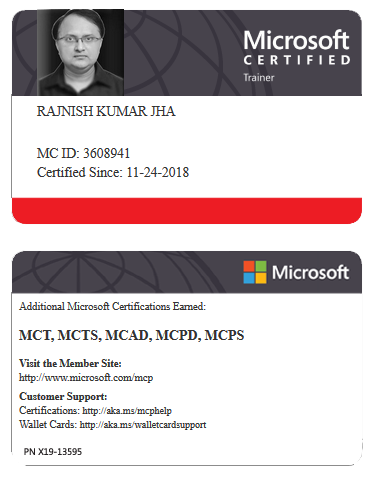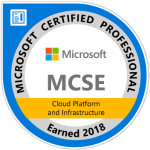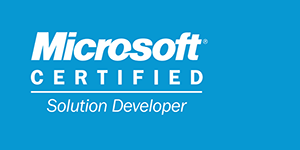Exploring Deployment Jobs strategies in Azure DevOps multi-stage YAML – RunOnce
In Azure DevOps Multi-stage YAML pipelines, the RunOnce deployment job strategy is used when a job should run only once, regardless of how many environments or stages are involved. This strategy is useful for tasks that should be executed only once, such as setting up infrastructure, performing migrations, or applying a one-time configuration.
Key Use Cases for RunOnce Strategy
Initial Setup: Set up infrastructure or configurations that should only run once.
Database Migrations: Perform migrations or schema updates in a one-time job.
Resource Initialization: Initialize resources like key vaults or service bus configurations.
Example Multi-stage YAML with RunOnce Deployment Job
xxxxxxxxxx221stages2stageInitialize3 jobs4jobRunOnceJob5 runsOnself-hosted6 steps7scriptecho "Running initial setup..."8 displayName"Setup Initialization"9stageDeploy10 dependsOnInitialize11 jobs12jobDeployJob13 steps14scriptecho "Deploying application..."15 displayName"Application Deployment"16stageVerify17 dependsOnDeploy18 jobs19jobVerifyJob20 steps21scriptecho "Verifying deployment..."22 displayName"Deployment Verification"Details of the RunOnce Job
RunOnceJob:This job runs only once, usually during the initialization or initial setup stage.
It does not run in subsequent stages or environments unless explicitly re-triggered.
xxxxxxxxxx51jobRunOnceJob2runsOnself-hosted3steps4scriptecho "Running initial setup..."5displayName"Setup Initialization"Following Stages: Subsequent stages (
Deploy,Verify) depend on theInitializestage, which contains theRunOnceJob.
Advantages of RunOnce Deployment Strategy
Single Execution: Ensures specific tasks (like setting up configurations or initializing resources) are executed only once.
Consistency: Useful for enforcing infrastructure as code or initial environment setup.
Simplified Maintenance: Avoids redundant execution of jobs, reducing unnecessary compute or resource usage.
Other Considerations
Dependencies: The
RunOnceJobcan be dependent on other tasks (e.g., preparation of infrastructure).Integration: Can be integrated with tools such as Terraform or ARM templates for infrastructure setup.
Summary
That's all for this blog. Kindly write back through your comments and let me know if you need more details or examples of how to apply this in a specific scenario. Thanks for reading.






















Leave a Reply